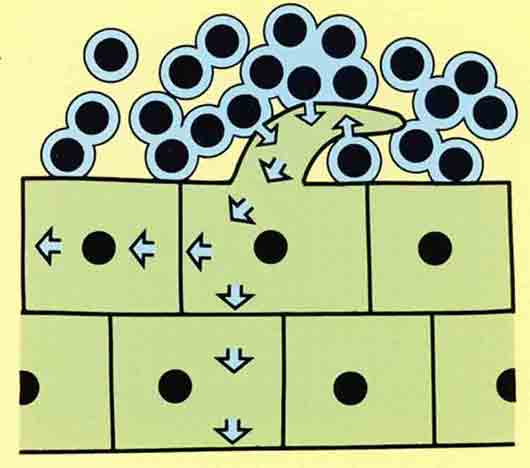
Growth Hormones
Further research into the way plants grow has made it possible for the rate of plant growth to be even further accelerated. Generally growth in a plant occurs at different rates in different parts of the plant. Some parts of the plant will grow at similar rates, the roots and shoots do not outgrow each other because they are interdependent. They both need each other, the shoots need minerals obtained by the roots and the roots need the photosynthetic products of the leaves on the shoots. There are special messenger molecules in plants known as hormones which control the rates of growth in plants.
Hormones are generated in various parts of a plant and are transported in minute amounts around the plant affecting the type of growth taking place in the cells that plants are made up of. Synthetic hormones are now available which can be included in a hydroponic growers nutrient solution to produce the increased growth attributable to some of these hormones. Flowering and fruiting are two important developments in a plant’s growth in which hormones are involved. Hormones respond to changes in the environment stimulating flowering and fruiting. Flowering for example is often controlled by the day length, a response known as photoperiodism. Flower growers can now induce flowering at almost any time of the year with equipment regulating the amount of light to their plants, and growth hormones.

Nutrients contained in the water surrounding the roots, move into the plant through the root cells. They enter through the fine root hairs which are an extension of the root.